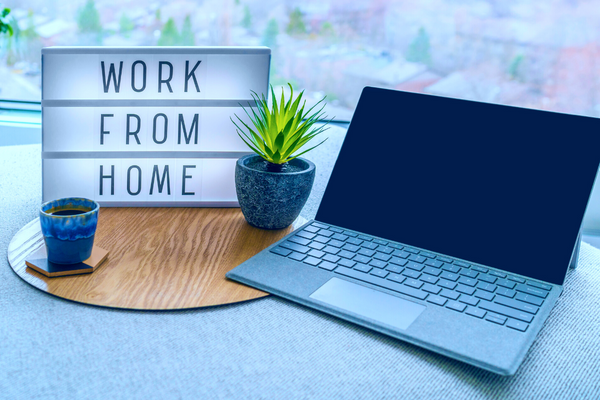The Small Business Owner’s Guide to Maximum Efficiency
Small business owners wear many hats and juggle numerous tasks all day, every day. With so much to do, it’s easy to feel overwhelmed and… Read More »The Small Business Owner’s Guide to Maximum Efficiency




